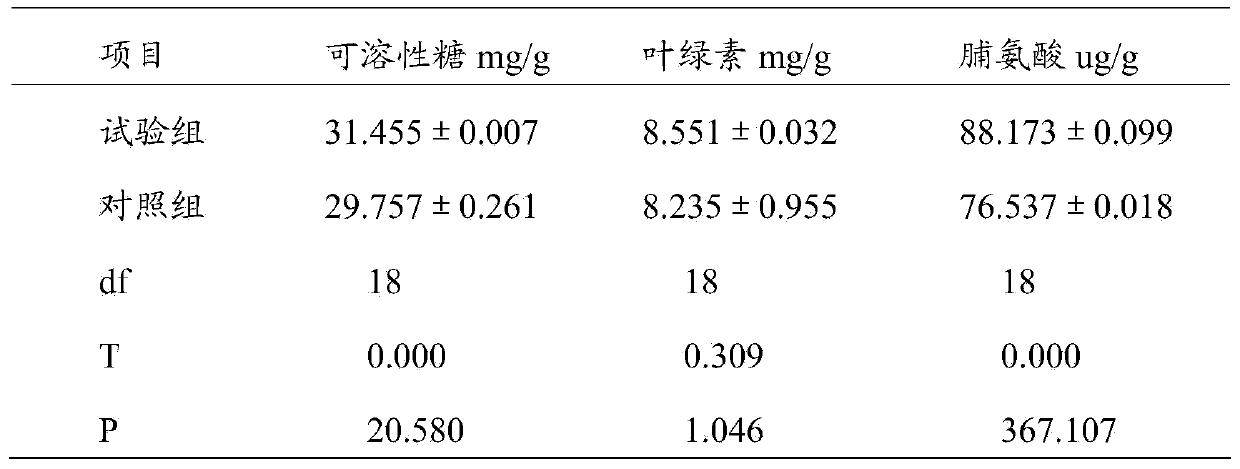Cultivation method for inter-planting santalum album linn in camellia plantation
A cultivation method and technology for sandalwood are applied to the cultivation field of interplanting sandalwood in tea gardens, which can solve the problems of underutilized land, waste of fertilizers and labor, large gaps between teas, etc. The effect of reducing workload
- Summary
- Abstract
- Description
- Claims
- Application Information
AI Technical Summary
Problems solved by technology
Method used
Image
Examples
Embodiment Construction
[0028] A cultivation method for interplanting sandalwood in a tea garden, comprising the following steps:
[0029] Step 1: Choose a tea garden in a tropical or subtropical area, where the annual minimum temperature is not lower than -5°C, and the altitude is lower than 700 meters. ×1.5m;
[0030] Step 2: Dig holes between the rows of tea trees. The hole depth is 50cm, the hole diameter is 35cm, and the hole spacing is greater than or equal to 3m×3m. The hole density is equal to or less than 20 per mu. The location of the planting holes must not affect the normal production of the tea garden. Operation;
[0031] Step 3: Plant sandalwood from spring to autumn every year (that is, when the temperature is above 20°C). When planting, first put 5 kg of fire-burning soil in each hole, and then implant the sandalwood seedlings with false Artemisia hosts into the holes , Cultivate the soil, step on it, and then pour the dilution of the compound microecological preparation 100 times of ...
PUM
 Login to View More
Login to View More Abstract
Description
Claims
Application Information
 Login to View More
Login to View More - R&D Engineer
- R&D Manager
- IP Professional
- Industry Leading Data Capabilities
- Powerful AI technology
- Patent DNA Extraction
Browse by: Latest US Patents, China's latest patents, Technical Efficacy Thesaurus, Application Domain, Technology Topic, Popular Technical Reports.
© 2024 PatSnap. All rights reserved.Legal|Privacy policy|Modern Slavery Act Transparency Statement|Sitemap|About US| Contact US: help@patsnap.com









